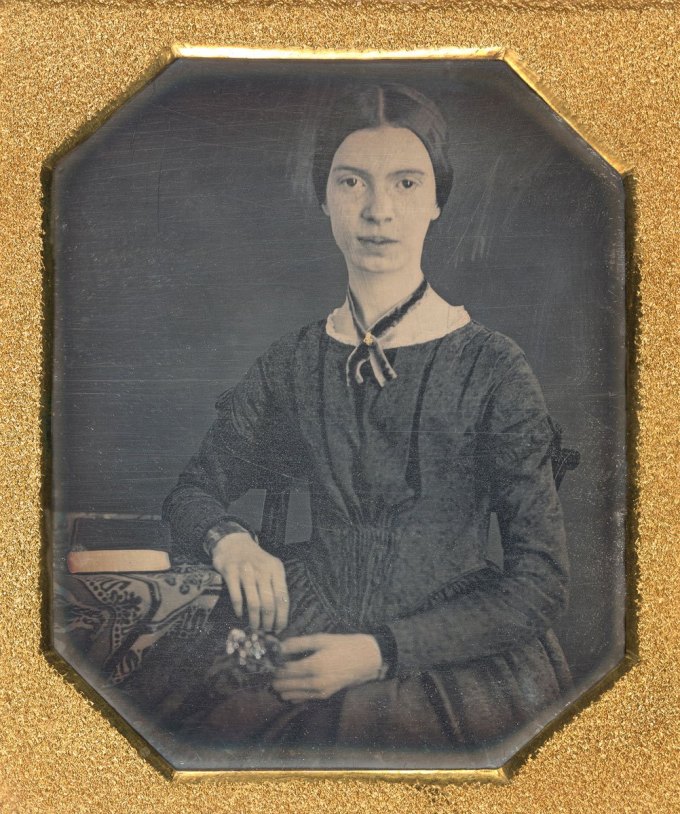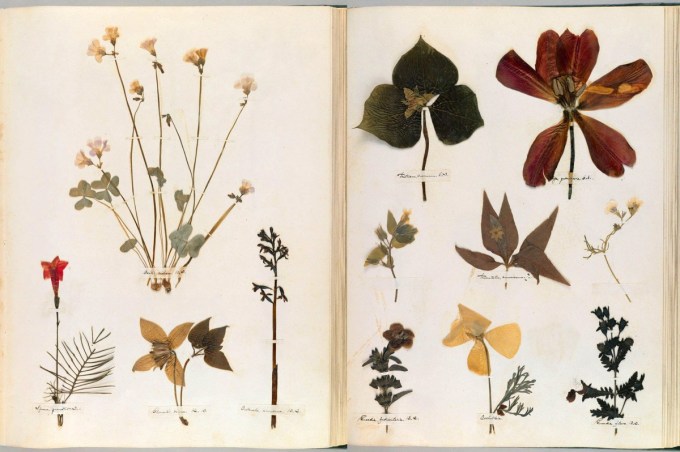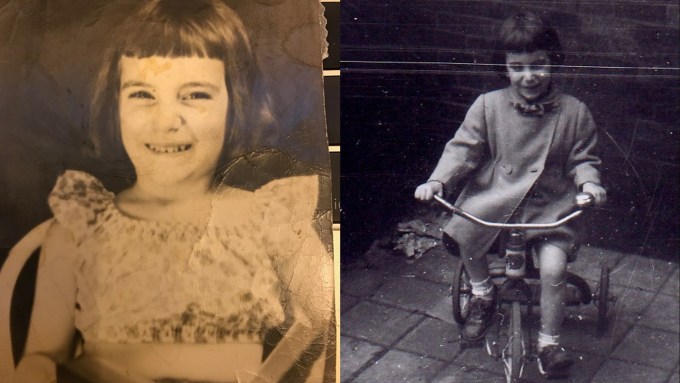A rhapsody of wonder between the scale of atoms and the scale of minds.
By Maria Popova
When the sixteen-year-old Emily Dickinson (December 10, 1830–May 15, 1886) enrolled in the Mount Holyoke Female Seminary — America’s first institution of higher education for women, the “castle of science” where she composed her exquisite forgotten herbarium at the intersection of science and poetry around the time the sole surviving photograph of her was taken — her immersion in language, mathematics, and astronomy began giving shape to the amorphous doubt about the claims of religion that had been gnawing at her since childhood. How she must have marveled at equations that could describe the splendor of galaxies. She would die before the discovery of the electron, but how staggered her pliant young mind must have been to learn that scientists had just proven the existence of atoms — those then-smallest conceivable constituents of matter first imagined by the ancient Greeks two and a half millennia earlier.
 Emily Dickinson, daguerreotype, ca. 1847. (Amherst College Archives & Special Collections, gift of Millicent Todd Bingham, 1956)
Emily Dickinson, daguerreotype, ca. 1847. (Amherst College Archives & Special Collections, gift of Millicent Todd Bingham, 1956)
Under the shimmering starscape of this new universe of knowledge, she found herself having “no interest in the all-important subject” of “becom[ing] a Christian.” Soon, she would write in her ravishing love letters to Susan Gilbert: “Sermons on unbelief ever did attract me.” The school’s founder and first principal, who divided her pupils into three categories along the spectrum of salvation — the saved; those for whom there was hope; and the “no-hopers” — placed Emily in the third. At the end of her first term, on the day of the Sabbath, she was among seventeen students — “the impenitent,” as the principal called them — who couldn’t readily proclaim that “they would serve the Lord” but instead “felt an uncommon anxiety to decide.” The following day, Emily reported the docility she’d observed, writing to a friend at home with removed reproof: “There is a great deal of religious interest here and many are flocking to the ark of safety.” She was far more interested in the arc of knowledge as science was just beginning to bend its gaze past the horizon of old certitudes. What lay there would come to animate a great many of her spare, stunning poems — poems that illuminate the eternal, the elemental, the inevitable through the pinhole of the surprising.
 Pages from Emily Dickinson’s herbarium.
Pages from Emily Dickinson’s herbarium.
A century before the advent of particle physics and its deliciously disorienting revelation that we are mostly restlessness and empty space, Dickinson pondered the strangeness of a world so seemingly solid and stable yet governed by such imperceptible precariousness in one of her greatest masterworks at that rare precipice of the surprising and the inevitable. Appearing in Figuring as a bridge figure between the visionary poet and the visionary physicist Lise Meitner — whose groundbreaking unraveling of one of nature’s deepest mysteries was hijacked in the making of the atomic bomb despite Meitner’s refusal to work on the project — Dickinson’s poem was animated into new life at the 2020 Universe in Verse by one of the great poetic voices and deepest seers of our own time: Patti Smith.
Like all of Dickinson’s work, this poem was composed untitled and is numbered 600 in her astounding body of work comprising nearly 2,000 known poems — scholars assign these numbers based on where they are best able to place each poem in the chronology of her life — but it was given a title by the poet’s early posthumous editors, who, in an effort to standardize her poetry into more marketable literature, also took the liberty of razing it of her singular punctuation and capitalization, so deliberate and inseparable from her subtleties of meaning; it took a century to reinstate Dickinson’s artistic intent and embrace her courage of breaking with convention in an unexampled way that atomized the matter of language into entirely new structures of meaning.
[embedded content]It troubled me as once I was —
For I was once a Child —
Concluding how an Atom — fell —
And yet the Heavens — held —The Heavens weighed the most — by far —
Yet Blue — and solid — stood —
Without a Bolt — that I could prove —
Would Giants — understand?Life set me larger — problems —
Some I shall keep — to solve
Till Algebra is easier —
Or simpler proved — above —Then — too — be comprehended —
What sorer — puzzled me —
Why Heaven did not break away —
And tumble — Blue — on me —
 Patti Smith as a child. (Photographs courtesy of Patti Smith.)
Patti Smith as a child. (Photographs courtesy of Patti Smith.)
For other highlights of The Universe in Verse — the annual charitable celebration of science through poetry, benefiting Pioneer Works’ endeavor to build New York City’s first public observatory and trouble generations of children into contemplating the cosmic perspective — savor Pioneer Works Director of Sciences and poetic astrophysicist Janna Levin’s reading of the stunning “Antidotes to Fear of Death” by astronomer and poet Rebecca Elson, a breathtaking animation of Marie Howe’s poem “Singularity,” and astronaut Leland Melvin’s reading of Pablo Neruda’s love letter to the forest, then revisit Patti Smith’s uncommonly poetic meditation on dreams, love, loss, and mending the broken realities of life.





